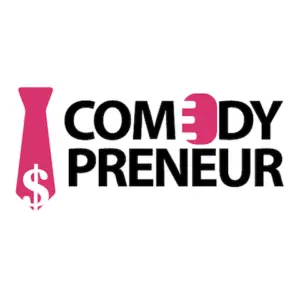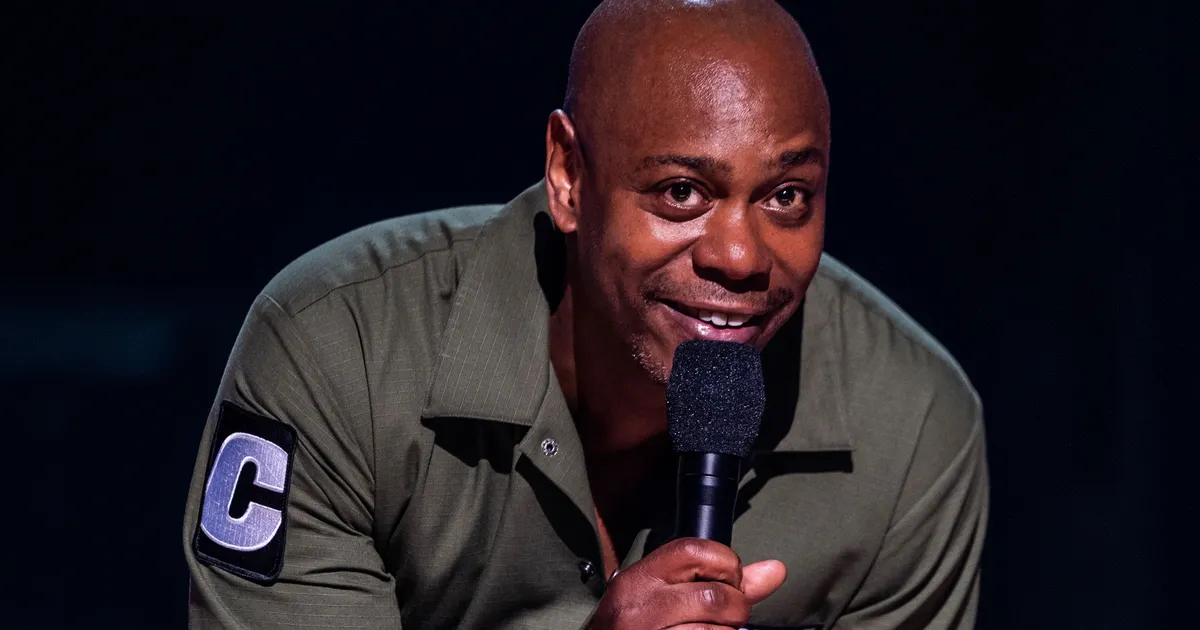In the world of stand-up comedy, the callback is akin to a secret weapon, tucked into the comedian’s belt, ready to be drawn out at the perfect moment to deliver a knockout punch of laughter. This technique, when executed skillfully, not only showcases a comedian’s cleverness and timing but also enhances the audience’s experience by creating a sense of camaraderie and shared memory. Let’s dive into the art of the callback, exploring its mechanics, benefits, and strategies for effective use.
Understanding the Callback
A callback in comedy refers to the act of referring back to a joke or a premise used earlier in the set. This technique creates a thematic or narrative full circle, eliciting a stronger reaction from the audience due to the unexpected revival of a familiar concept. When an audience recognizes a callback, it triggers a deeper level of engagement and appreciation for the comedian’s craftsmanship.
The Benefits of Using Callbacks
1. Enhanced Audience Connection
Callbacks create an “inside joke” atmosphere among the audience, making them feel part of a unique experience. This shared understanding between the performer and the audience fosters a stronger connection and keeps the audience engaged.
2. Amplified Laughter
Because callbacks tap into the audience’s memory of an earlier laugh, they tend to produce a bigger laugh the second time around. This amplified reaction is due to the element of surprise and the satisfaction of recognizing the reference.
3. Showcases Comedic Skill
Mastering the callback demonstrates a comedian’s ability to weave together different parts of their set into a cohesive whole. It’s a testament to their skill in structuring their performance and playing the long game with their humor.
Strategies for Effective Callbacks
1. Lay the Groundwork
For a callback to work, the initial joke needs to be memorable. Invest time in creating a strong, relatable, or absurd premise that stands out. This will make it easier to refer back to it later in your set.
2. Timing is Everything
The key to a successful callback is timing. Wait long enough so that the initial joke isn’t too fresh in the audience’s mind, but not so long that they’ve forgotten about it. Finding this sweet spot is crucial for maximizing the impact of your callback.
3. Evolve the Joke
When you revisit a joke, add a twist or present it from a different angle. This keeps the material fresh and prevents the performance from feeling repetitive. The best callbacks feel both familiar and new at the same time.
4. Build to a Crescendo
Consider saving a strong callback for your closing bit. This can leave the audience on a high note, creating a memorable end to your set. A well-placed callback at the climax of your performance can be the cherry on top of an already successful show.
5. Practice and Refinement
Like all comedic techniques, mastering the art of the callback takes practice. Work on the timing, placement, and delivery of your callbacks during rehearsals and smaller gigs. Pay attention to audience reactions to refine your approach.
Conclusion
The callback is a powerful tool in a comedian’s arsenal, capable of elevating a good set to a great one. It requires foresight, skill, and a deep understanding of audience psychology. By incorporating effective callbacks into your performances, you not only enhance the laughter but also leave a lasting impression on your audience, making your act not just heard but remembered. As you continue to hone your craft, remember that the best comedy comes from a place of authenticity and connection—callbacks are just one more way to strengthen that bond with your audience.
FAQs
Q: Can I overuse callbacks in my set?
A: Yes, overusing callbacks can make your set feel predictable or gimmicky. Use them sparingly for maximum effect.
Q: How do I know if a callback is successful?
A: A successful callback will elicit a strong, immediate laugh, often louder than the response to the initial joke. Pay attention to the audience’s reaction to gauge its success.
Q: Can callbacks work in every type of comedy?
A: While callbacks are versatile, their effectiveness depends on the structure of your set and your comedic style. Experiment to see how they fit into your performance.
Mastering the art of the callback can transform your comedy, turning fleeting laughs into memorable moments that resonate with your audience long after the show has ended.

